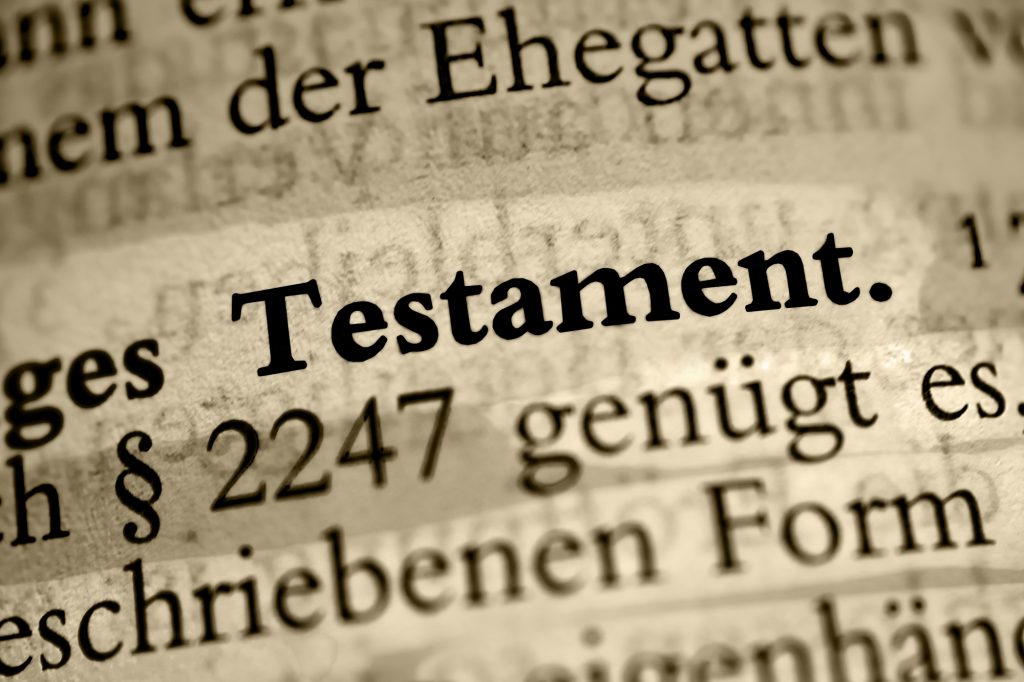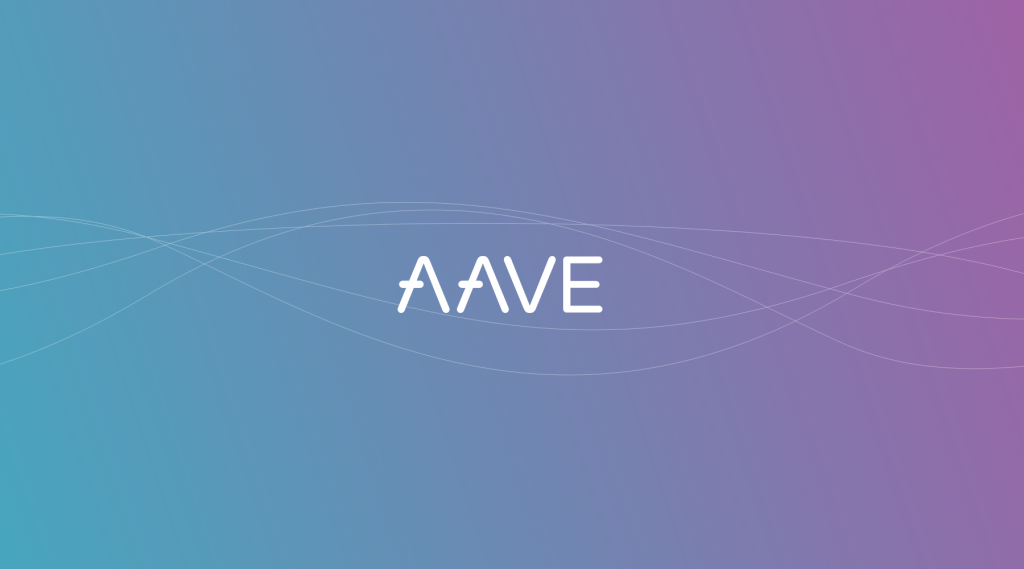This is the second part of the inheritance of digital values series. After the summary in the first part, which mainly presented the special features of inheritance law, concrete procedures for implementation will be considered here.
Access and distribution
Since the technical know-how and the individual needs in terms of security, practicability and availability of the crypto assets during the lifetime of the deceased differ greatly, there is no all-inclusive plan. Each plan is ultimately individual and adapted to the needs of the original owner.
A distinction must be made between the plan for how the heirs are to be given access to cryptographic assets (access plan) and how the cryptographic assets are to be distributed (distribution plan).
The distribution plan
Crypto’s are assets that belong to the estate of the original owner. They are not treated separately by Swiss inheritance law. For this reason, the normal legal regulations must be observed when distributing crypto’s.
(1) Forms of disposal
If the original owner wishes to deviate from the statutory distribution, one must use a form of disposal recognised by law. The best known is the last will and testament, where legislators have laid down strict formal requirements which must be strictly observed. It is relatively easy to draw up a will in on one’s own. However, it must be written in your own hand from beginning to end, indicating the year, month and day of writing. The original owner must sign the will. There are no witnesses and the signature does not have to be certified by a civil law notary. The public will is then drawn up by a state-ordained notary (in Canton Zug by a civil law notary) with the assistance of two independent witnesses. This form is used in particular by people who prefer to have their wills written in computerised script or who are unable to write them.
In addition, the original owner can also use an inheritance contract to refuse the legal distribution. An inheritance contract is an agreement between the original owner and one or more contracting parties with the participation of two independent witnesses. A notary and two witnesses must be present when the contract is concluded. The inheritance contract gives the possibility to regulate the estate with the participation of all parties concerned, according to the individual needs of the contracting parties, i.e. independently of the legal right to a compulsory portion.
Both the will and an inheritance contract can be used to ensure the inheritance of crypto assets. For example, the original owner can include a reference to the inventory of held crypto assets or disclose the location of the crypto asset inventory and/or private keys / seed phrases. The authors do not consider it sensible to include the private keys / seed phrases themselves in a will, as the will can be viewed by various persons in Switzerland (heirs, legatees, members of the authorities, courts, etc.) and there is therefore a risk that someone might steal the crypto assets. There are simply too many people who have access to the will, making it unsafe. Also, the will is not easily changeable and if a wallet is added or removed, the will would always have to be changed.
(2) Design options
Swiss inheritance law offers a variety of possibilities for the individual distribution of the estate. Spouses often agree on most-favoured-nation treatment of each other. However, the original owner can also appoint third parties as heirs, for example, at a certain quota or as subsequent or substitute heirs. The original owner can also make bequests to heirs or third parties or set up a foundation. The person who receives the bequest is entitled to the alignment of the bequest. The content of the bequest can be varied. Crypto assets, cash, jewellery etc. are suitable for this purpose. For example, the original owner can assign two bitcoins to the godchild as a legacy.
The original owner can order division rules and thus assign certain inheritance matters (e.g. Bitcoin, Dash etc.) to an heir. Thus, for example, the original owner can assign all cryptographic values to the technically skilled daughter. One can place the instructions under conditions or impose conditions. It is also possible to appoint an executor who, for example, helps as a neutral person to restore the wallets. The original owner must always take into account the compulsory portion of the legal heirs. For the descendants, e.g. ¾, and for the spouse, this amounts to 1/2. The original owner must give the compulsory portion to the legal heirs. One can then freely dispose of the rest.
Access plan
After clarifying the possibilities for the allocation of bequests, the focus is now on the heart of the matter. The owner of crypto assets should leave an access plan to their respective heirs so that they can access them. Ideally, this plan should consist of an inventory of cryptographic assets and access instructions. Access to the crypto values can be gained in different ways. If you know the seed phrases, you can restore a wallet without needing further information of the inheritance. Whoever has the private key of a wallet can access the contents of the wallet. Anyone who knows user names, passwords, two factor authentication, etc. can also access custodial wallets. Which information is ultimately left to the heirs depends, on technical knowledge and individual security requirements. Since passwords should be changed regularly, the authors do not consider it expedient to pass on passwords. It can hardly be guaranteed that they are effectively up-to-date at the time of death.
(1) Cryptoscope Inventory
The cryptographic asset inventory should give the heirs an overview of the cryptographic assets the original owner possessed and on which wallets these are stored. It is sufficient if you only specify the type of cryptographic assets (e.g. bitcoin, ether and dash). The exact amount is not necessarily given.
It is important that you list all wallets managed by third parties. Third-party managed wallets hold crypto assets on behalf of the original owner. Crypto exchanges or banks are an example of this. Such wallets cannot usually be restored without the help of the crypto exchanges and banks, so it is important to know which institutions you need to contact. Contacting foreign crypto exchanges, especially in the Asian region, has so far proved difficult in practice. While some crypto exchanges actively help to restore accounts and also require certain government documents, such as certificates of inheritance, for legitimacy, other institutions do not contact upon request.
The crypto inventory should be updated regularly and signed with place and date. The authors consider it useful to keep the crypto asset inventory separate from any will, the private keys / seed phrases and the access instructions. The crypto asset inventory does not necessarily have to be kept in a very secure place. Since it alone does not provide access to the original owner’s crypto assets and should be updated periodically, it is worthwhile to store the inventory in a place where it can be accessed quickly and easily.
(2) Access instructions
In the access guide you inform your heirs that you have crypto assets. Optionally, a technically skilled helper can be appointed to help the heirs restore the crypto assets. This person must be informed accordingly in advance and you must have a certain amount of trust in this person / organisation.
Furthermore, the location of the crypto value inventory must be mentioned in the access instructions so that the heirs can find it. In addition one should explain the meaning of the private keys / seed phrases to the heirs. Among other things, the heirs should not copy the found private keys / seed phrases, create photos of them, send them by email or share them with third parties (except a possible helper).
The core of the access instructions is the naming of the place where the private keys / seed phrases or other access information are located. Since this is highly sensitive information, it is worth protecting it accordingly. A bank safe deposit box will still remain a good place to store such information securely, even in the digital world. It may also be worthwhile to store access information separately in several places. This can reduce the risk of theft. When it comes to minimising inheritance law concerns, it can be worthwhile to store part of the access information with a neutral third party (assistant, notary, executor, etc.). This third party will, for example, only hand over his or her part if all heirs agree.
The access instructions themselves should be kept in a safe place where they can be found by the heirs in case of death of the original owner. It should therefore be a place where the heirs are guaranteed to look for it. The authors consider a separation from the crypto asset inventory to be sensible.
Template for the access instructions for cryptovaluables
If you have missed the first part of this article, you can read about the theoretical underpinnings here.




